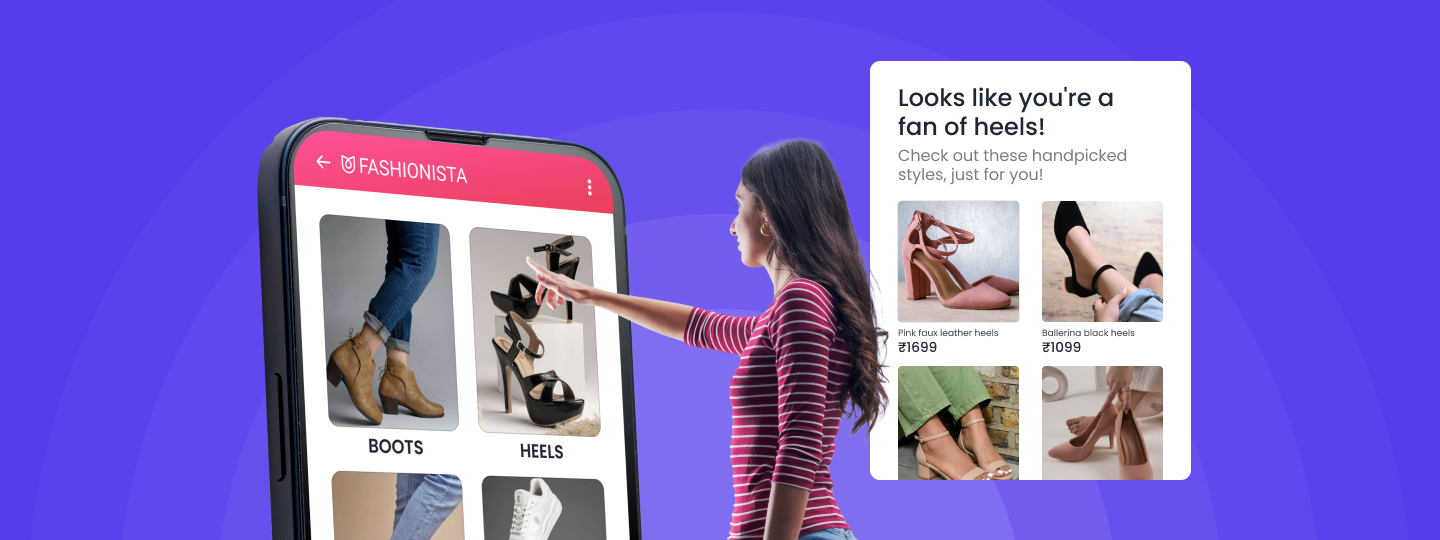Every delay in your journey automation costs you actual bookings — not vanity metrics.
Here’s how four travel brands changed that:
- Goibibo automated 30+ journeys to engage 8M+ users with personalized flows.
- Almatar recovered drop-offs and boosted conversions by 28% using behavior-triggered campaigns.
- Travelxp built AI-led journeys connecting content and commerce — and improved booking velocity.
- Another legacy travel brand scaled 200+ onboarding journeys without sacrificing regional personalization.
This isn’t about “better engagement.” It’s about compounding revenue — using automation that does the heavy lifting.
Let’s break down exactly how they built it.
Goibibo — Scaling Personalization for 8M+ Travellers
Manual campaign cloning and static targeting slowed down the CRM team.
What they did:
- Rebuilt all lifecycle journeys using WebEngage’s Journey Designer.
- Plugged in event signals like searches, bookings, cancellations, inactive sessions, and cart drop-offs.
- Added AI-led personalization for location, app version, flight route, hotel category, etc.

Almatar — Turning Drop-Offs Into Conversions
Users were browsing flights and hotels but rarely returning to book.
What they did:
- Built automation that triggered nudges when users dropped off from flight/hotel search.
- Added time-sensitive urgency (e.g., “Only 3 seats left at this fare”) using dynamic templates.
- Created repeat booking flows for loyal users across WhatsApp, SMS, and app push.
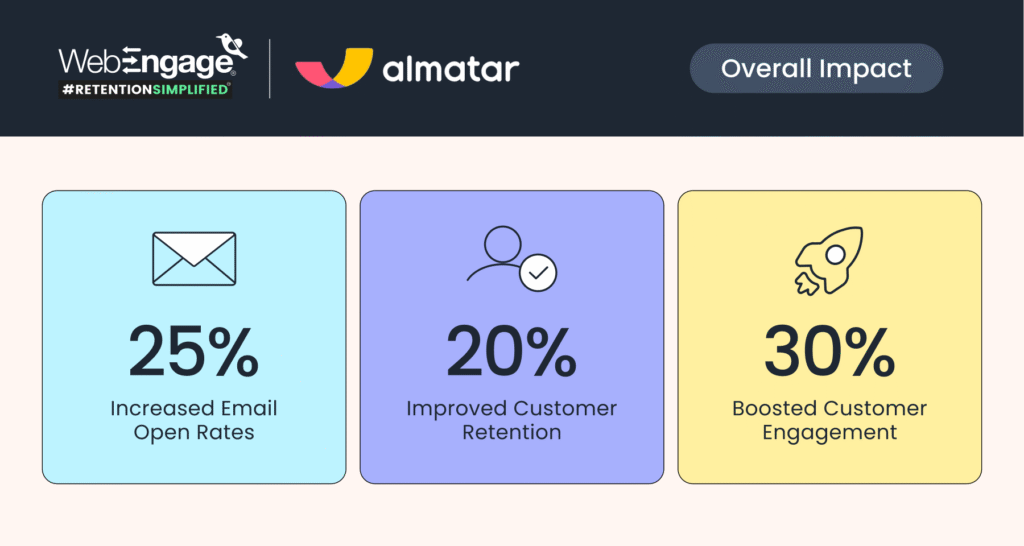
Travelxp — Connecting OTT & Travel with AI-Led Segments
Same user base was engaging with both travel packages and streaming content — but journeys were disconnected.
What they did:
- Used AI to identify user segments across both verticals (OTT and travel booking).
- Triggered travel offers based on OTT consumption patterns — e.g., Maldives packages shown after destination content.
- Streamlined email + in-app + push journeys based on content interest, last seen, booking drop-off, and more.
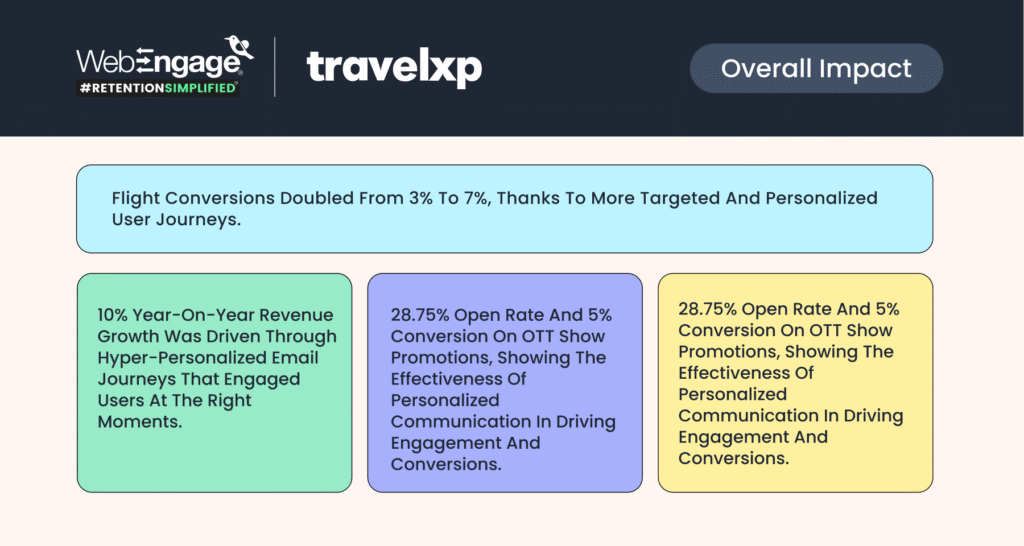
200+ Regional Journeys, Centralized in One Stack
Another travel brand using WebEngage as their marketing automation stack realized that manual campaigns caused inconsistent messaging and onboarding gaps.
What they did:
- Automated 200+ journeys for onboarding, payment reminders, package updates, and more.
- Used geo and language rules to personalize flows without duplicating effort.
- Enabled faster go-live for new trips, groups, and regions — with template-based cloning.
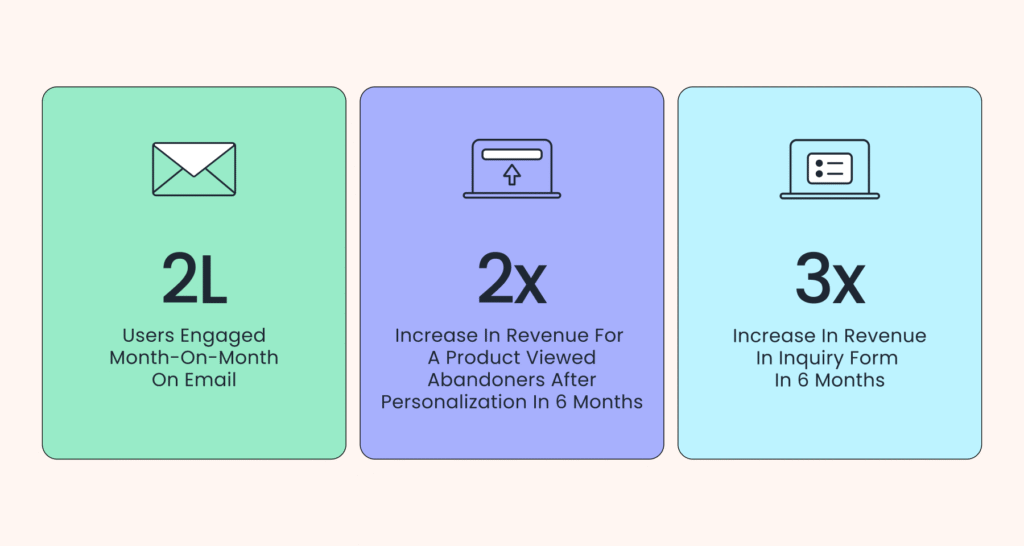
6 Automation Tactics That Drive Revenue for Travel Brands
1. Event-Triggered Journeys, Not Static Campaigns
Use drop-off, search, view, and session data to fire the right message — not the scheduled one.
2. AI-Backed Segments to Guide Flow Logic
Let high-intent clusters (e.g., binge watchers, fare checkers, loyal bookers) move through different paths.
3. Urgency That Feels Real
Countdown timers, price drops, and seat scarcity work when they’re tied to live data — not just gimmicks.
For instance, MakeMyTrip targets me almost immediately.
They’re sending me a discount code about an hour after I abandoned the booking.
4. Templates that Scale By Cloning
Scaling automation doesn’t mean building from scratch. It means templatizing success — then localizing.
5. Cross-Product Triggers to Drive New Conversions
Use signals from one part of your ecosystem (OTT, loyalty, etc.) to activate journeys in another — like Travelxp did.
6. Minimal Ops, Maximum Impact
Great automation doesn’t need a 10-person team. Use journey logic, branching, and pre-set conditions to reduce marketing ops workload.
What’s next?
These four brands didn’t build complex martech stacks.
They just got serious about acting on user signals — automatically, in real time, and at scale.
No delays. No manual dependency. Just results.
On WebEngage? Talk to your CSM about making these journeys happen for you.
Not yet? Let’s walk through your travel funnel and highlight exactly where automation can drive bookings.





























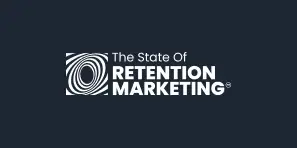
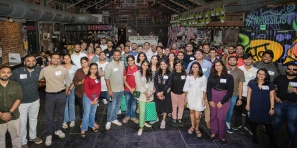
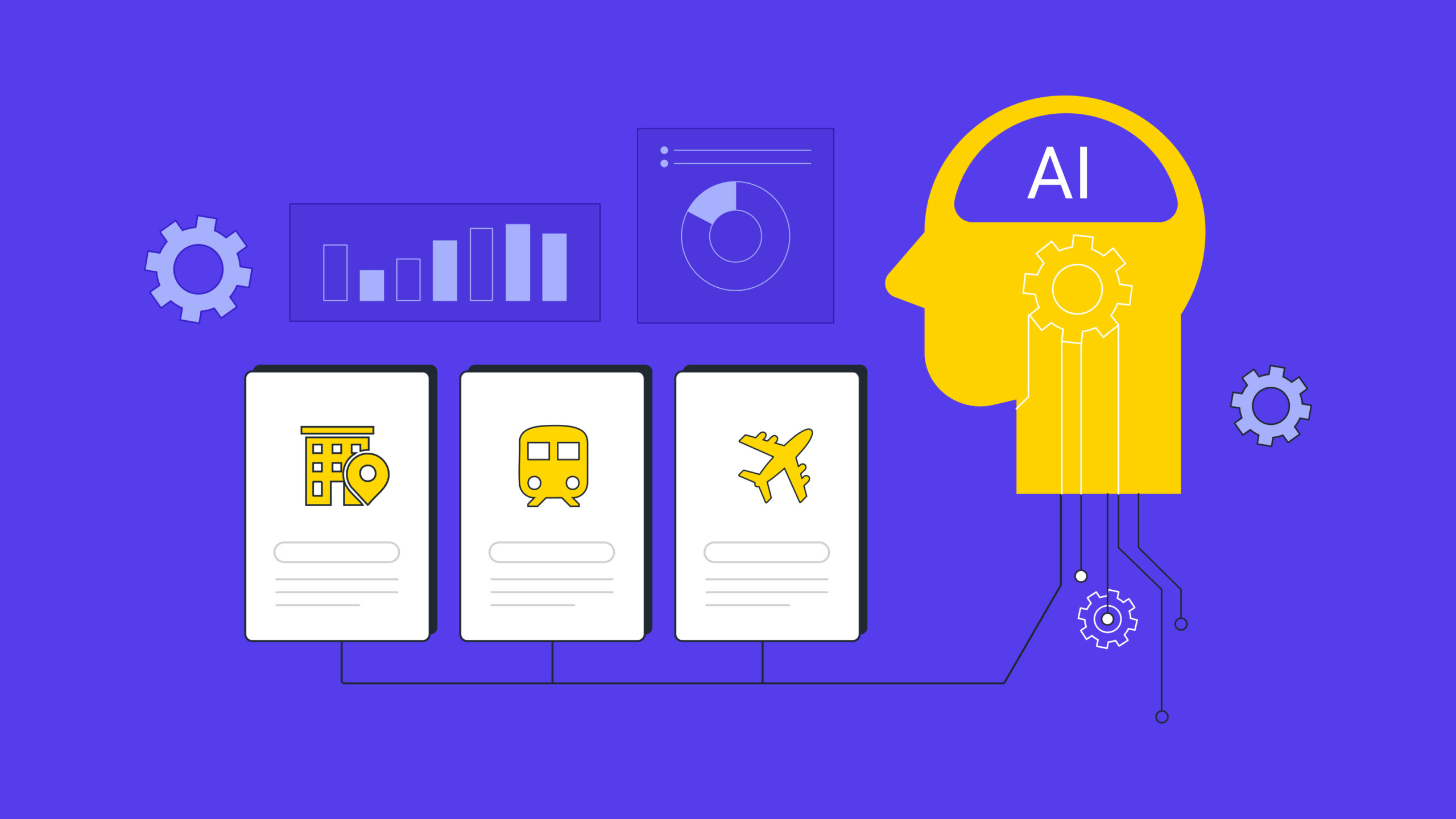

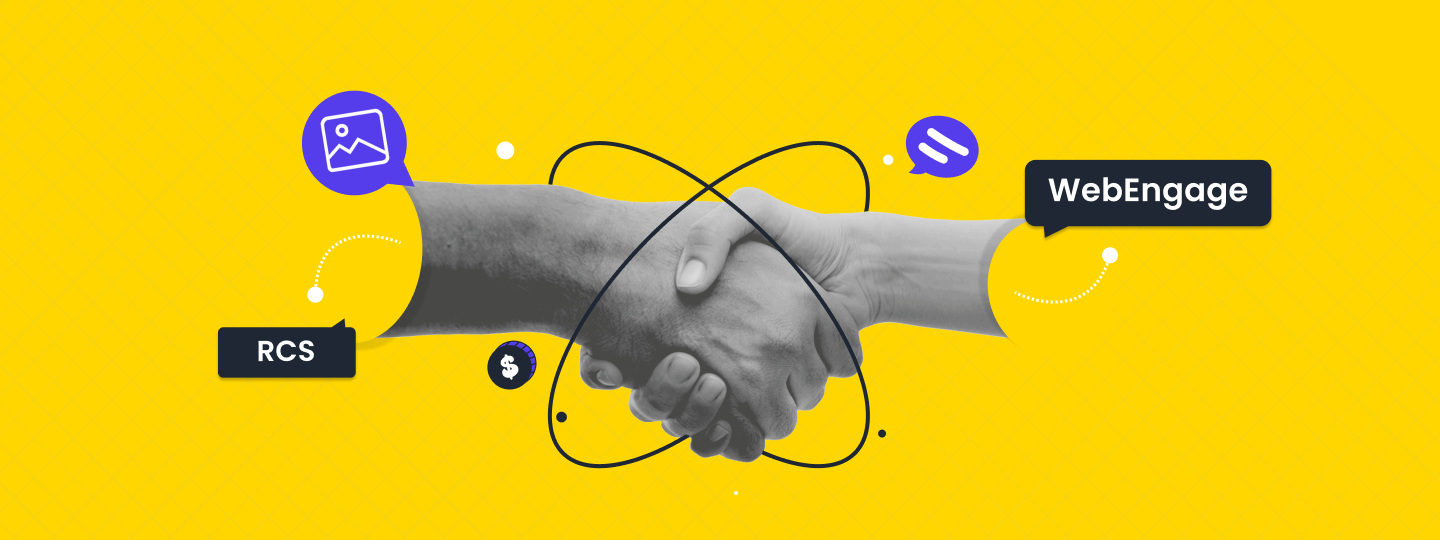
 Ananya Nigam
Ananya Nigam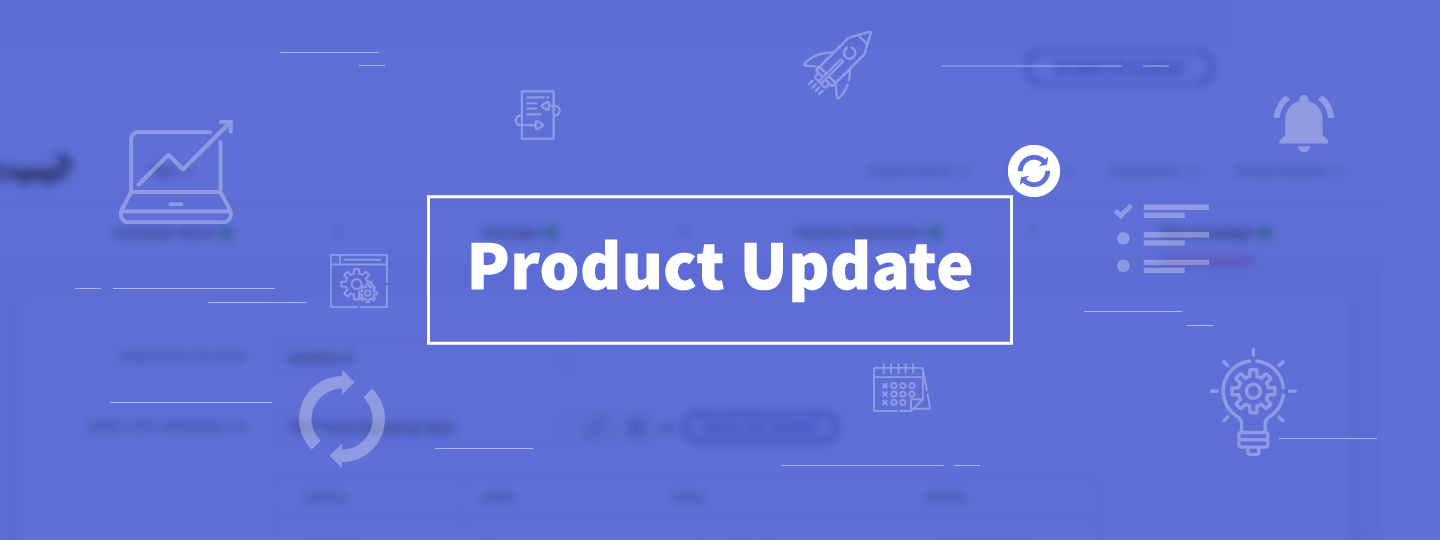
 Harshita Lal
Harshita Lal